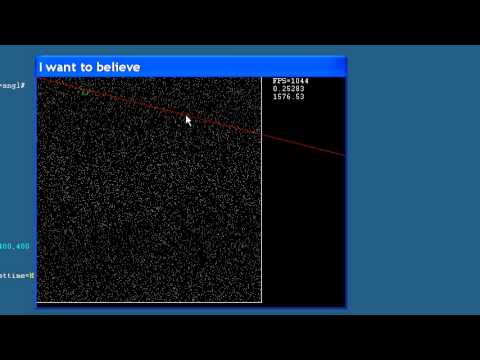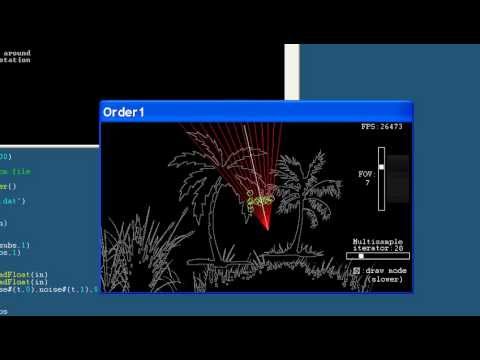Actually, that’s not quite right.
The best method for anything software related is usually available to everyone.
If the source is hidden, it probably means there are some flaws.
Chances are, with a project like this, there will be many flaws.
If they release the technique too early, someone will quickly create a more efficient method than them, and they will lose part of the credit.
If they try and make money off it (patent it?), they will fail.
There is simply not enough reasons for someone to pay for this.



